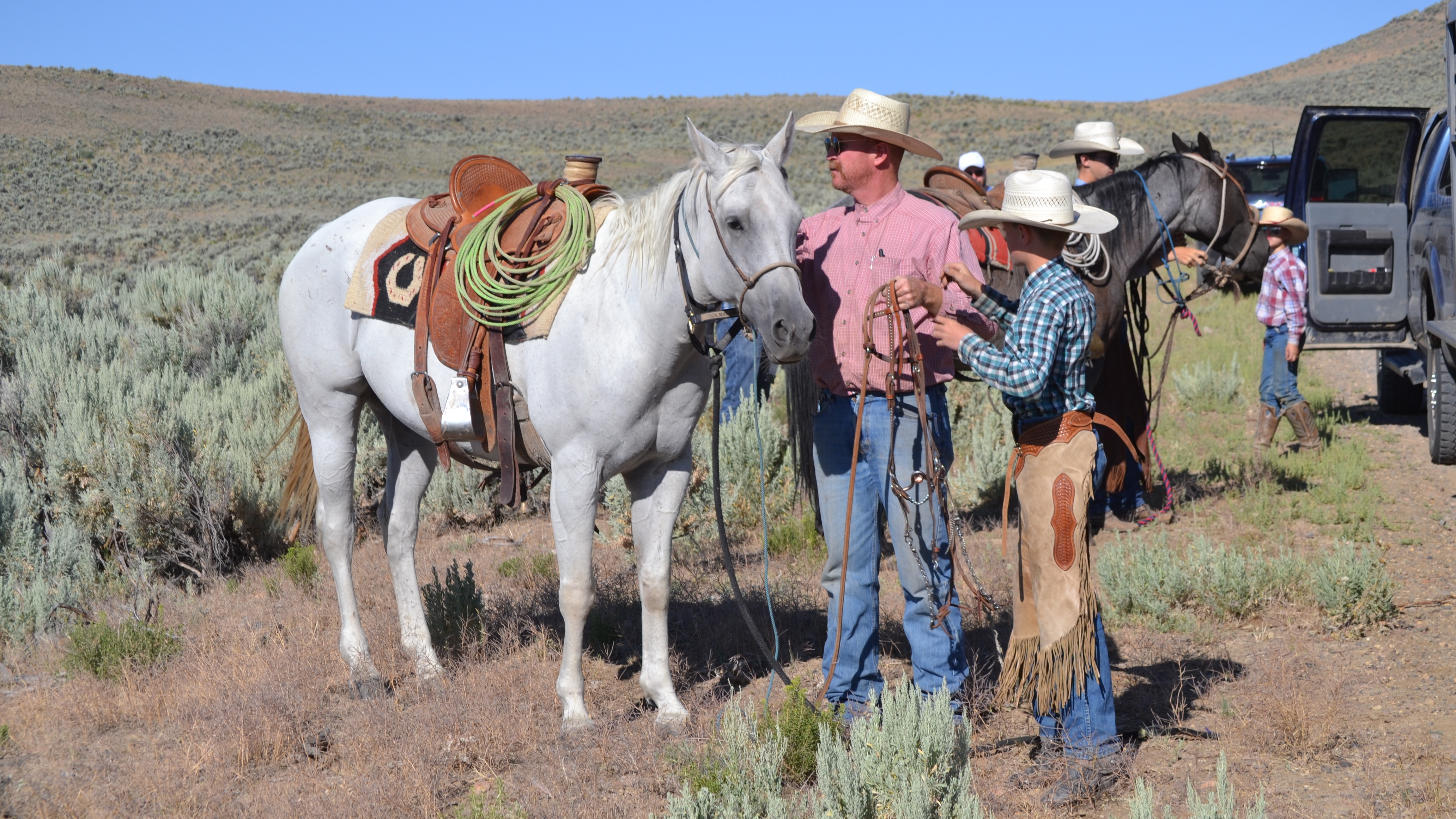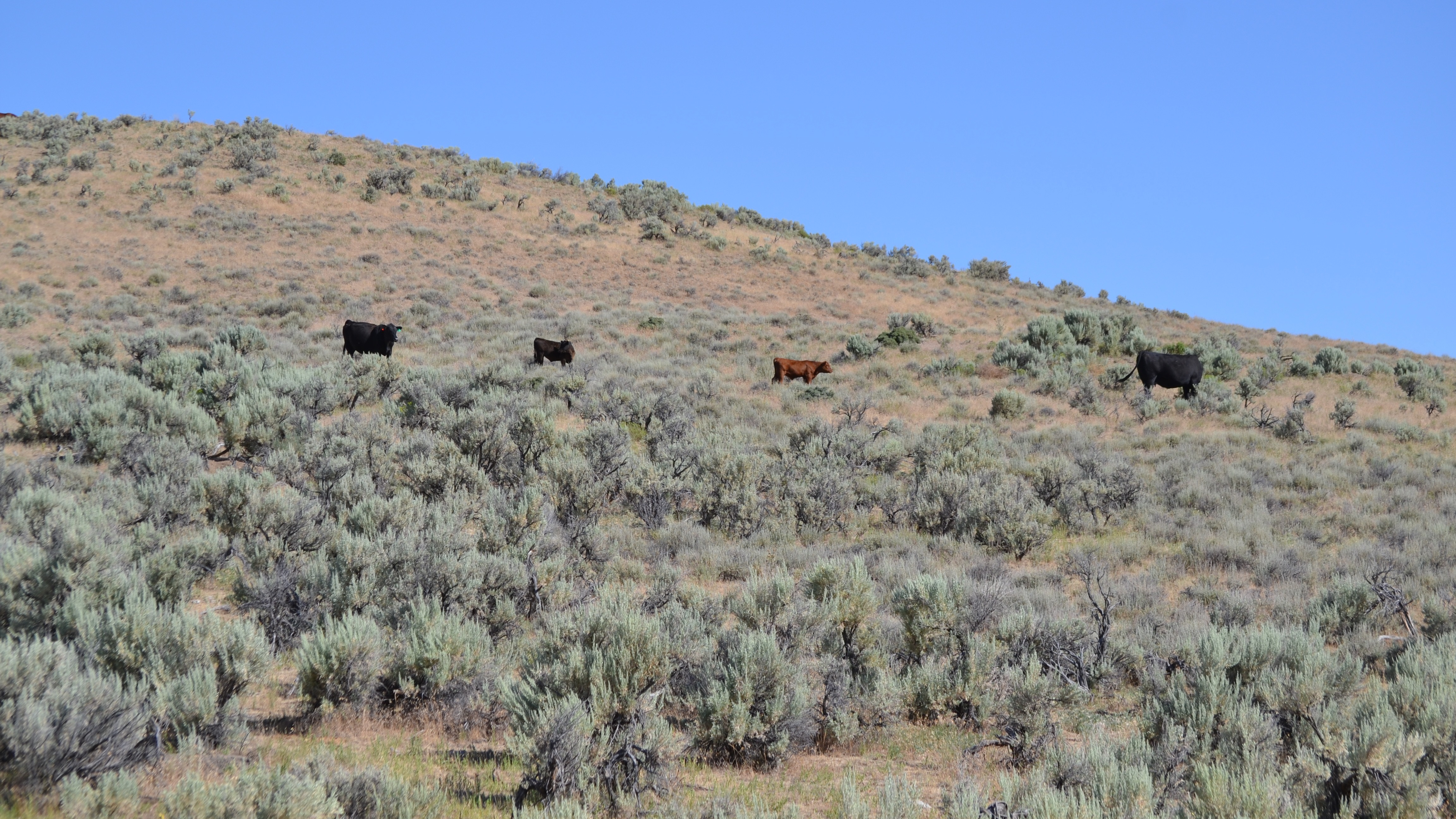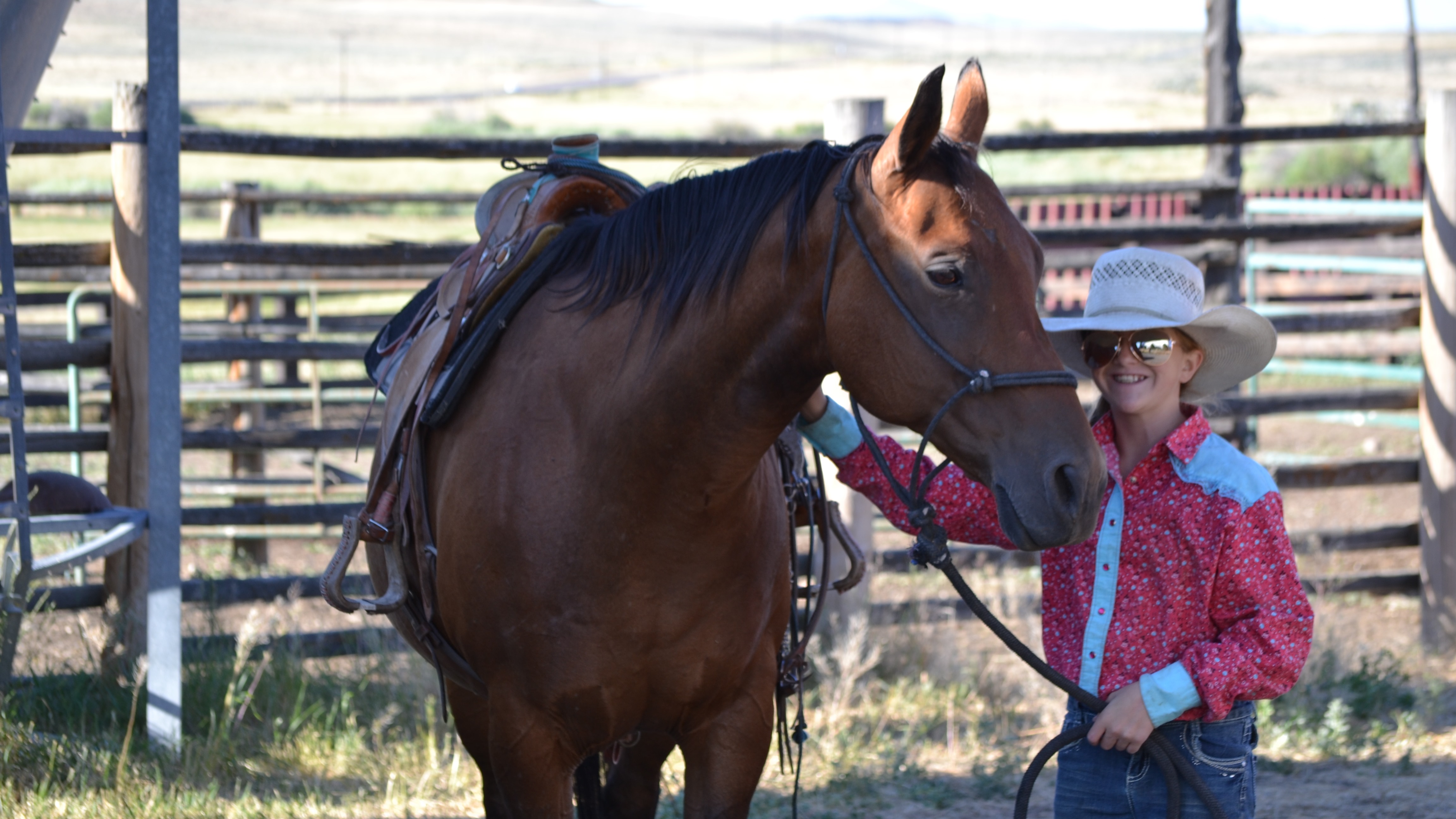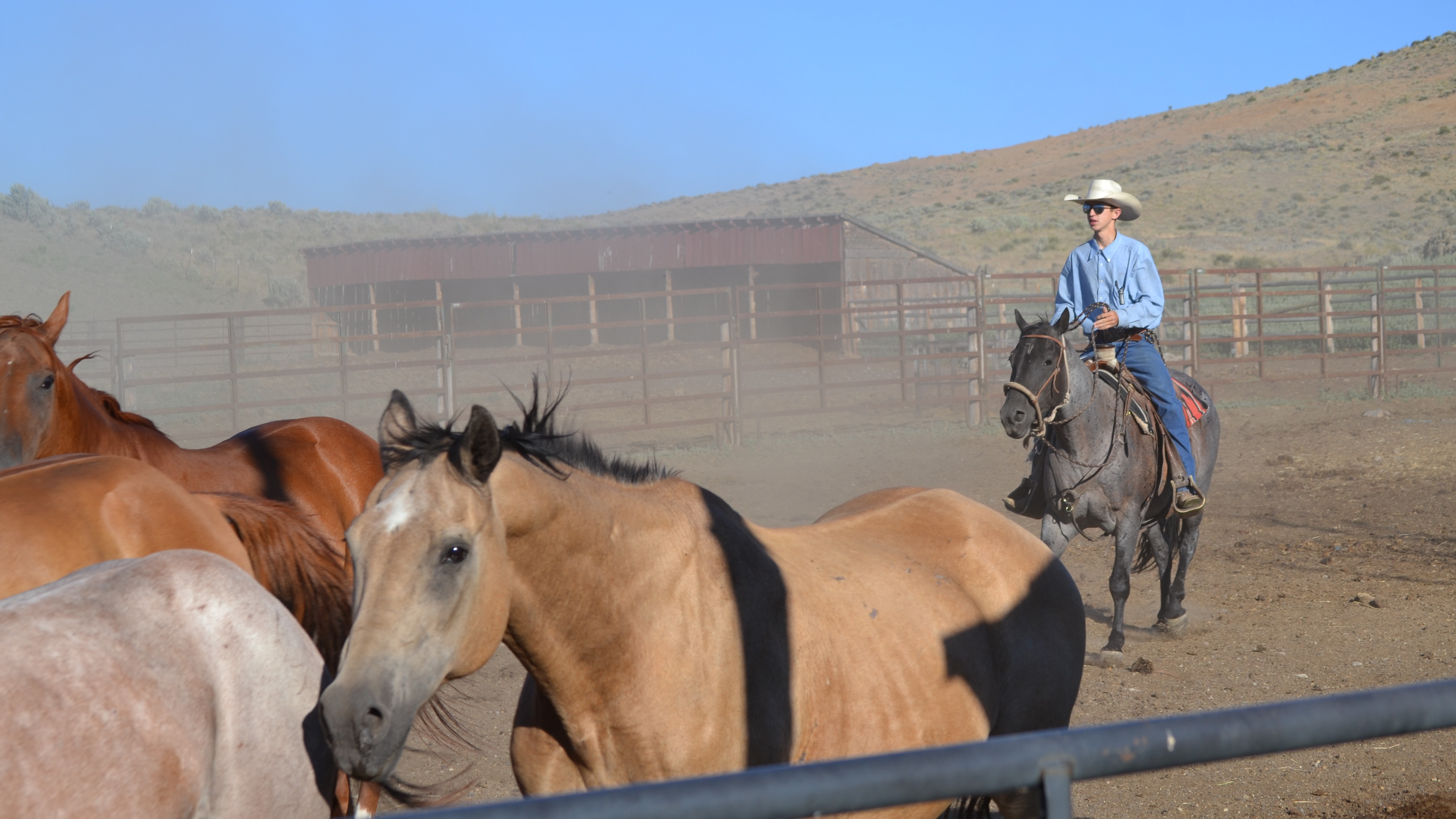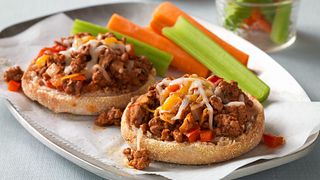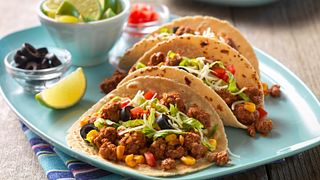Kim Brackett
“When we think about sustainability, it means that the decisions we make every day should be in the best interest of the ranch, the cattle, the land, the wildlife and the water on our ranch.” - Kim Brackett
Federal Lands Ranch Strives for the Best for their Ranch, Cattle and the Environment.
Kim Brackett, along with her husband, Ira, and 4 kids, manage Brackett Ranches, a cattle ranch that raises cows and calves on the Oregon and Idaho border. The ranch is comprised of private and federal lands which the Brackett family manages with their own resources and time. By ranching on public lands, the Brackett family is helping preserve water and plants, controlling fires, and protecting wildlife habitat.
Meet Your Rancher:
What is a Cow/Calf ranch?
Cade Brackett (CB) “In this part of the beef lifecycle we help produce new calves, the next generation of cows.”
Kim Brackett (KB) “We raise baby calves in the spring and we keep them over as yearlings, then they are finished on feedlots in the Midwest.”
How is ranching on public lands different than private land?
KB “Most of the western United States is federal lands under the Bureau of Land Management, BLM. We also have United States Forest Service lands, as well as state lands. What makes ranching on federal lands different than private lands is, you have to create a grazing management plan with each of those agencies.”
What else is this land used for?
KB "Federal lands in the west are predominantly made up of different types of brush and grasses because the soil is typically less fertile than in crop land areas. Often the terrain is rugged and not in close proximity to larger cities. In other words, this land is not suited for crops or growing food for people. Grazing cattle out here is an efficient way to turn range land into nutritious food for people-beef!”
How do you manage the land you ranch on?
CB “We move the cattle so they are always on fresh feed and fresh water. As part of caring for the environment, we don’t want to take all the grass out so we leave enough that it will grow back next year. We move cattle to another field after they have grazed half of the available feed. It’s good for the environment because it helps stop fires and eliminates all the old grass from the years before as you want the new grass coming in each year.”
What other activities are you involved with?
KB "We strongly believe in service to our industry—serving on various local, state and national boards. We are involved in our community in several ways, including church, school, school boards, AG advisory boards, and volunteer in the classrooms. I’m a literacy tutor and volunteer several hours a week with adults and students. We are just as busy as other families, our kids are involved in every possible activity at school, yet work on the ranch comes first."
brackett ranches
homedale, idaho
Cow/Calf Ranch
Cows are bred and calves are born and raised every year on cow-calf farms and ranches, spending time grazing on grass pastures within sight of their mothers.
